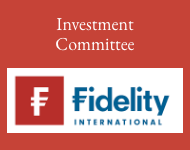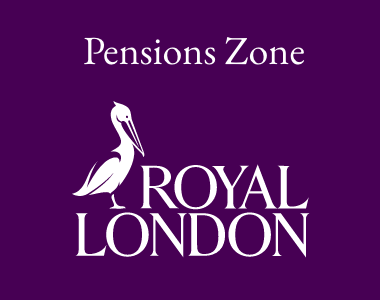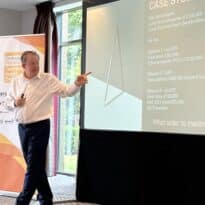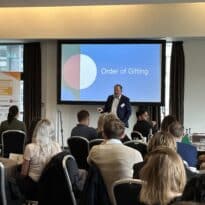Global growth will rise slightly in 2025, but geopolitical uncertainty and trade tensions could act as headwinds, says KPMG International.
The firm is forecasting global growth to rise to 3.2% in 2025 before post-election policies in the US dampen growth to 3% in 2026.
At the same time, KPMG expect the pace of inflation to continue cooling between now and mid 2025 thanks to higher rates, slower growth, excess supply and a drop in energy prices.
However, geopolitical risk remains elevated. Following Donald Trump‘s triumph in the US elections in November, inflationary trade and immigration policies are expected to slow the pace of credit easing, with bond yields already moving up in response to fears of mounting federal debt and higher inflation.
Meanwhile delays in the effects of monetary policy will push the influence of rate cuts into the second half of 2025 and 2026. According to KPMG, there could be a tailwind for big ticket consumer purchases and business investment.
Regina Mayor, global head of clients and markets at KPMG International, said: “The data in our latest report highlights the concerted effort that was being made by central banks throughout the world to control the cost of living and inflation challenges facing everyone, including businesses, right now. While there was cautious optimism of a return to eventual sustainable growth, we are now in a ‘wait and see’ phase with much depending on a future potentially driven by reciprocal tariffs.”
Mayor said that despite uncertainty, there is a desire among many nations to return back to a more stable path, something that can be achieved by 2026 “through collaboration and a determination to overcome the obstacles that may lie ahead.”
Separately, mergers and acquisitions activity is set to increase with lower rates and a record amount of excess capital in the private equity space, however, policy uncertainty, anti-corporate sentiment and protectionist policies could curb the largest cross-border deals.
Benjamin Shoesmith, senior economist at KPMG in the US, commented: “Our latest forecast highlights the tightrope political and business leaders are now walking. For many central banks we’re seeing a shift from the battle against inflation to guiding economies toward a soft landing. It’s a monumental challenge balancing price ability and employment without quashing GDP growth.”
Shoesmith said central banks must stay the course and avoid the temptation to cut interest rates too early or too fast as this could derail progress.
“While we expect growth approaching pre-pandemic rates, volatility will likely rise in terms of frequency and severity. Policy uncertainty, the challenges of artificial intelligence, more frequent adverse weather events and elevated geopolitical risk are among the top concerns for leaders.
“Our long-term view is that we can see a return to more sustainable growth that edge is closer to pre-pandemic levels but with two significant caveats. The first is central banks will need to hold their nerve and avoid the temptation to pivot on policies before they pay off. The second is the current geopolitical crisis. If the challenges are facing the Middle East and Ukraine continue to deepen leaders could be faced with a fresh set of dilemmas that run far deeper than GDP,” he added.
Main image: kyle-glenn-nXt5HtLmlgE-unsplash





























